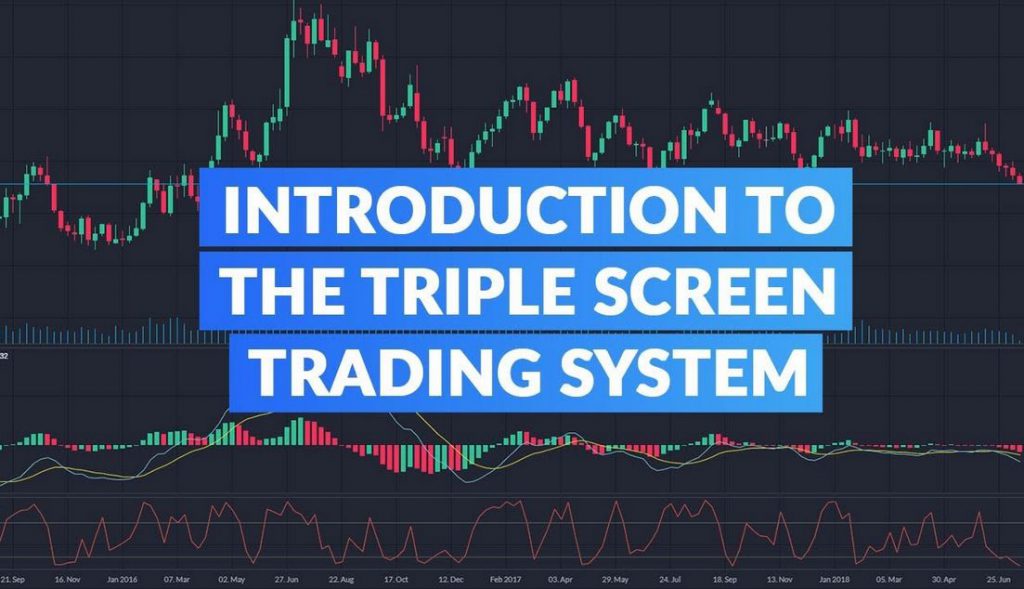Most traders monitor their transactions on a single screen. Although a single frame is sufficient to decide, the utilization of many screens can be beneficial.
Therefore, Dr. Alexander Elder proposed the triple screening system in 1986, but it is now widely employed in forex markets. It was created to remove misleading signs and signals by merging several indicators.
Triple Screening System
As the name suggests, every trading move is carried out on three different screens, a combination of trend-following indicators and oscillators.
How does it function?
Each screen displays the price chart of the same item over a specific timeframe, along with other indication signals. In addition, the screens are examined in order of decreasing timeframe.
Following are three primary trends to consider:
The Tide (The long-term trend)
The long-term trend correlates to the first screen; we will hunt for an entrance opportunity in that direction. Depending on your trading preferences, the duration might be a month-long or shorter.
The Wave (The intermediate trend)
The second screen corresponds to the mid-term trend, one step shorter than the long-term trend. This is your primary working timeframe, during which we will look for an entrance signal.
The Ripple (The short-term trend)
The third screen reflects the short-term trend; the period is one step smaller than the mid-term one. It facilitates the identification of a suitable entry point.
The Triple Screen System Setup
As the name itself says, three screens are applied to each trade.
First Screen
The first screen examines a time frame one order of magnitude larger than the chart you intend to trade on. This uses a trend indicator to determine the direction of the tide (the more significant trend).
Second Screen
The second screen applies an oscillator to the chart you want to trade to detect the wave, which is a market movement opposite the direction of the tide, to achieve the best possible entry point.
Third Screen
The third screen – uses a trailing stop to analyze the ripple and look for short-term breakouts in the direction of the tide.
Indicators used in the triple screening system
The Triple Screen trading strategy combines trend-following indicators and oscillators in a way that is intended to capitalize on their strengths while filtering out instances where they perform poorly.
This trading technique typically employs four oscillator indicators, which are as follows:
- Force Index
- Elder-ray
- Stochastic
- Williams Percent Range
When to buy
If the tide indicates an uptrend, the wave should be utilized to find an entry point in the opposite direction.
For example, if the tide rises, you may use the second screen to detect a weakening on a daily chart as your bullish entry point.
It is appropriate to buy in the triple screen when a bull trend has just finished a pullback and is about to turn up again.
When to sell
A similar process is used for short positions.
If the tide indicates a downward trend, you can only sell. You’re seeking a short-term upswing to sell the asset in this situation.
As a result, you should disregard any purchase indications and concentrate on creating a sell signal, as the first screen has removed the bullish path.
Bottom Line
The triple screening system has proven to be a trustworthy trading strategy. For three decades, this technique has evolved into a dependable trading strategy that allows traders to limit the risk of losses while selecting a trade idea with the highest possibilities of success.


